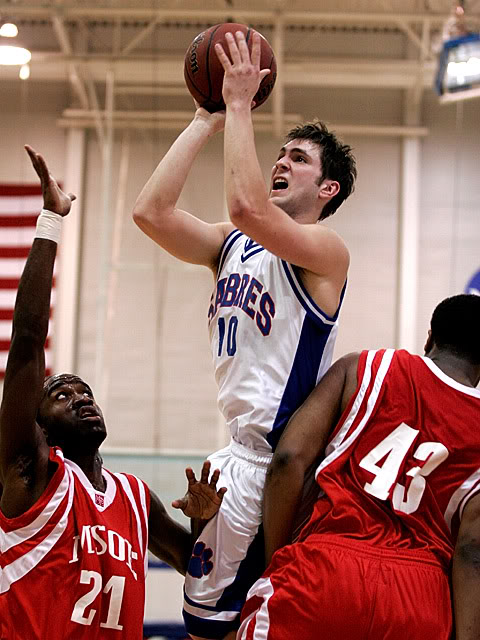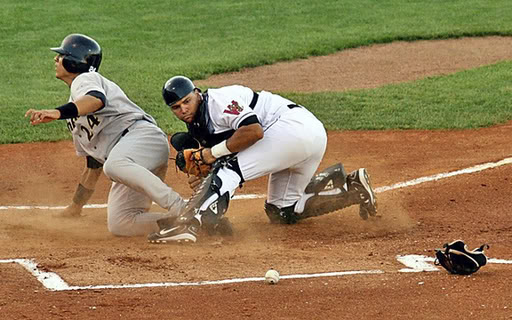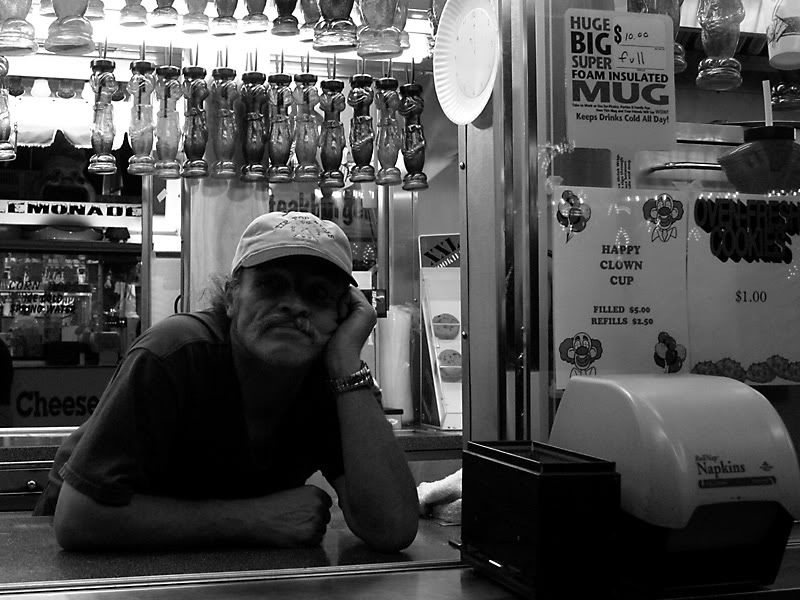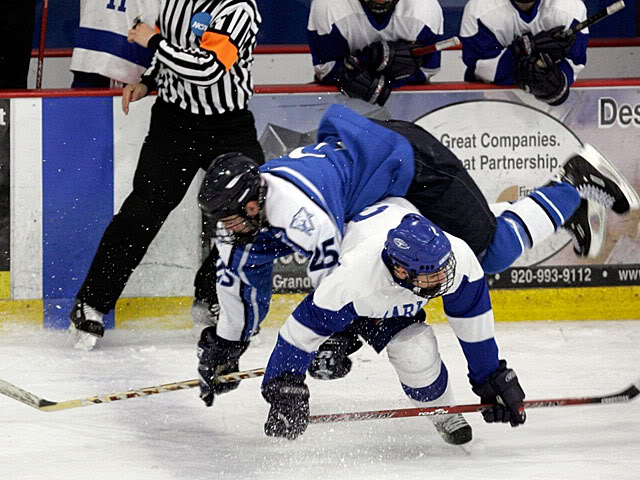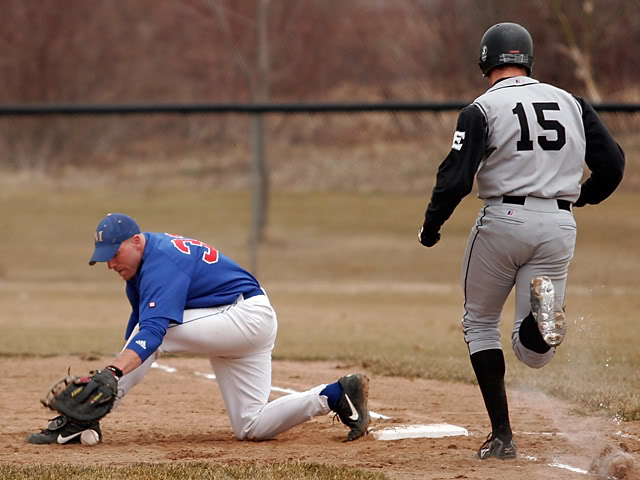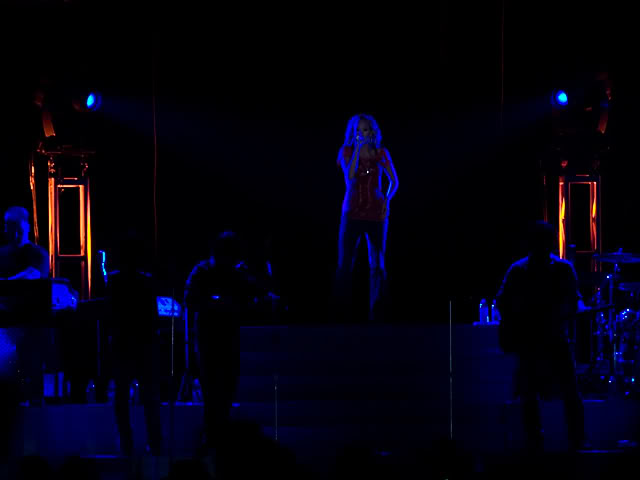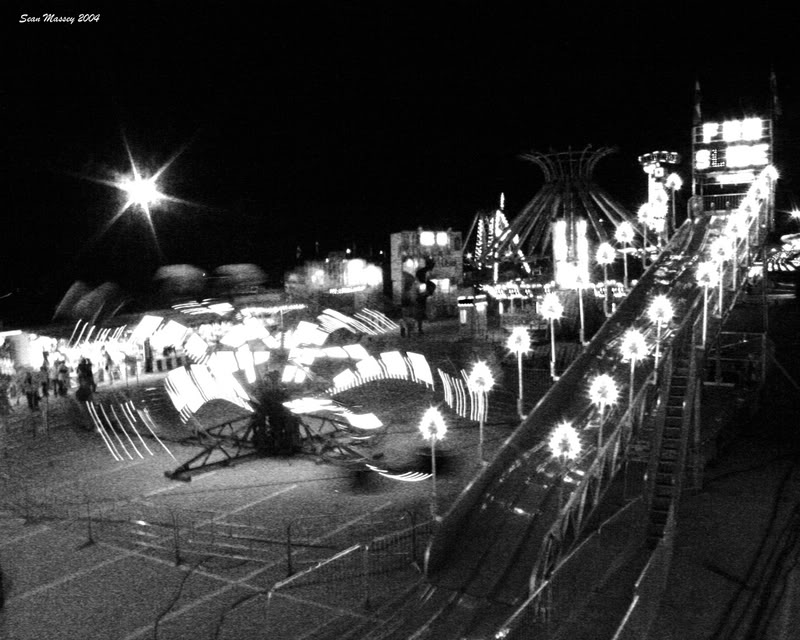As we all start off 2021, I wanted to talk a little about video.
As we all know, 2020 put the kibosh on large, in-person events. This included all of the vendor conferences, internal conferences, and community events like the VMware User Group UserCons and other user groups. Most of these events transitioned to online events with presenters delivering recorded sessions. It also meant more webinars, Zoom meetings, and video conferences.
And it doesn’t look like this will be changing for at least the first half of 2021.
I’ve seen a number of blog and Twitter posts recently about home studios (for example, this great post by Johan van Amersfoort or this Twitter thread from John Nicholson), and I thought I would share my setup.
Background
I was not entirely unprepared to transition to video last year. I had been a photographer since high school, and I made the jump to digital photography in college when Canon released the Digital Rebel. I mainly focused on sports that are played in venues that are a step or two above dimly lit caves. After college, I kind of put the camera down (except for a couple of vacations and trying my hand at a wedding or two which was not my thing). At the beginning of 2020, I decided it was time to get back into photography, thinking I might as well get back into photography since I was traveling (  ), and pick up a used Canon 6D that was opportunisticly priced. And it also could record video in 1080p.
), and pick up a used Canon 6D that was opportunisticly priced. And it also could record video in 1080p.
Slideshow: Some of my photos from years past.
Video was new ground for me, and it resulted in a little lot of experimentation and purchasing in order to get things right. This was also happening at the beginning of the lockdowns when my whole family was at home all day and almost everything I needed was delayed or backordered. Some of this was driven by equipment limitations, which I will cover below, and some of it was driven by other factors.
And as I went through this, I spent a lot of time learning what worked and what didn’t work for me. For example, I found that sitting in front of my laptop trying to record in Zoom didn’t work for me. When recording for a VMUG or VMworld, I wanted to stand and have room to move around because that was what felt natural to me.
Before I go into my setup, I want to echo one point that Johan made in his post. The audio and video gear is there to support the message and enable remote delivery. If you are new to presenting, spend some time learning the craft of storytelling and presentation design. Johan recommended two books by Nancy Duarte – resonate and Slide:ology. I highly recommend these books as well. If you’re new to presenting in general, I also recommend finding a mentor and learning how to use PowerPoint as the graphics capabilities are powerful but intimidating. There are a number of good YouTube videos, for example, on how to do different things in PowerPoint.
Requirements and Constraints
I have primarily used my video gear two different ways. The first was for video conferencing. Whether it was Zoom, Teams, or “Other,” video became a major part of meetings to replace in-person meetings and workshops. The second use case case was the one I probably focused on more – producing recorded content for user groups and conferences, and my goal here was to try and replicate some of the feel of presenting live while taking advantage of the capabilities that video offers.
Most of the recorded video content was for VMUG UserCons. These sessions were 40 minutes long, and they wanted to have presenters on camera along with the slides.
There is a third use case, which didn’t really apply for 2020. This use case was live events such as webinars and video podcast recordings, although my studio kit can be used for this.
I had a few things I needed to consider when planning out my setup. The first was space. I had a few limiting factors when it came to having a space to record. My office was not set up properly for keeping the gear set up permanently, and the furniture arrangement was dictated by where the one outlet was located. (I have installed additional outlets in my office and rearranged.) I also wanted a space that I could record while standing. Both of these factors meant that I would be using common areas to record, so my gear selections would have to be something portable and easy to assemble.
Most of my recording was originally done in my kid’s playroom in my basement.
The second consideration was trying to keep this budget friendly. The key word here is trying. I may have failed there.
I already had a lot of Canon gear from my photography days, so I wanted to reuse it as much as possible. I already had a Canon EOS 6D, and that could record 1080p HD video. Although I did upgrade my camera bodies by trading in old gear, I stayed in the Canon ecosystem as I didn’t want to invest in all new lenses.
I had a copy of Camtasia for screen recording, but combining the Camtasia capture with video recorded in camera would require additional workflow to get the final video together. This would require some sort of video editing software. And I would also need audio and lighting gear. This gear had to fit the requirements and constraints laid out above and be both cost effective and portable.
Studio Gear

Note: I will be linking to Amazon, Adorama, and other sites in this section. These are NOT affiliate links. I have not monetized my site, and I make no money off of any purchases you choose to make.
Cameras and Lenses
Canon EOS R6 with Canon EF 50mm F/1.4 USM Lens and DC Adapter – Primary Camera
Canon EOS Rebel SL3 with Canon EF 40mm F/2.8 STM Lens and DC Adapter – Secondary/Backup Camera
Note: Both cameras use DC Adapters when set up in the studio because these cameras will eat through their batteries when doing video. Yes, I’ve lost a few hours while waiting for all of my battery packs to recharge.
Audio
Synco Audio WMic-T1 Wireless Lavalier Microphone System (x2) – primary audio
Comica CVM-V30 Pro Shotgun Microphone – Secondary audio
Blue Yeti USB Mic – (Note: This is at my desk, but I only use it for recording voiceovers or while on Zoom/Teams/etc calls. If I ever restart my podcast, I will use this for that as well.)
Lighting
Neewer 288 Large LED Video Light Panel (x2)
Viltrox VL-162T Video Light (x2)
Amazon Basics Light Stands (x2)
Other Hardware and Software
Blackmagic Design ATEM Mini Pro ISO – See Below
Davinci Resolve (Note: Davinci Resolve is a free, full featured video editing suite. There is also a paid version, Davinci Resolve Studio, that has a one-time cost of $299. Yes. It’s a perpetual license.)
A note on why I’m using the ATEM Mini Pro ISO
When I started, I was using Camtasia to record my screen while I recorded my presentation using my camera. Creating the final output required a lot of post-processing work to line up the audio and video across multiple sources.
The ATEM Mini Pro ISO allows me to bring together all my audio and video sources into a single device and record each input. So I can bring both cameras, my microphones, and any computers that I’m displaying content on (such as slides or demos) and record all of these inputs to disk. This allows me to record everything on one disk, so I don’t have to worry about managing data on multiple memory cards, and it simplifies my post-production workflow because I don’t have to synchronize everything manually.
There is a second benefit that I haven’t covered. It also allows me to get around a video recording limit built into modern cameras.
Most DSLRs and mirrorless cameras are have a video recording time limit when recording to internal cards. Video segments are limited to approximately 29 minutes and 59 seconds. This limit isn’t due to file size or hardware limitations (although some cameras have shorter time limits due to heat dissipation issues). It’s an artificial limit due to import-duty restrictions that the European Union put on video cameras.
VMUG UserCon sessions are 40 minutes, and I was burned by the 30 minute time limit on a couple of occassions.
That recording time limit only applies when recording to the internal card, though. It does not apply to external devices like the ATEM Mini. In order to use this with a DSLR or mirrorless camera, you need a one that supports sending a clean video feed over HDMI (Clean HDMI Out). Canon has a good video that explains it here. (Note: There are also USB webcam drivers for many modern DSLR and mirrorless cameras that allow you to do the same type of thing with tools like OBS.)
